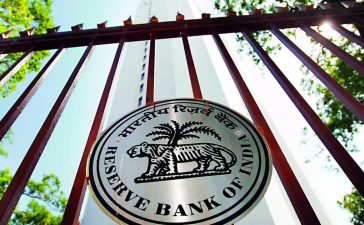Investing.com– Oil prices edged higher Friday, on course for the first positive week in five as solid economic data in both the U.S. and China eased global demand concerns.
At 07:55 ET (11:55 GMT), rose 0.6% to $76.65 a barrel, while climbed 0.5% to $79.53 a barrel.
Both benchmarks are on track to gain more than 3% on a weekly basis, the first positive week in five.
Chinese inflation improves slightly
Better-than-expected U.S. data on Thursday boosted sentiment, raising hope the world’s largest economy could avoid a recession.
Data earlier Friday showed that Chinese inflation grew more than expected in July, while a decline in inflation was slightly less than expected.
The data highlighted some improving trends in the world’s biggest oil importer, especially after Beijing enacted a slew of interest rate cuts through July.
But inflation still remained largely languid, with a sustained decline in factory prices suggesting that a deflationary trend was still in play.
China’s oil imports also shrank in July, data showed earlier this week. Fears of slowing demand in the country have been a major pain point for oil markets.
US inventories, Middle East tensions help
Initial gains in crude were fueled largely by bargain buying, after a rout on Monday put prices at seven-month lows.
But signs of sustained draws in U.S. inventories spurred hopes that demand in the country remained underpinned by the travel-heavy summer season, even as the pace of draws appeared to be slowing.
Traders were also seen attaching a greater risk premium to oil prices, after Ukraine mounted one of its biggest attacks on Russia since the war began in early-2022.
Sustained tensions in the Middle East, amid fears of retaliation by Iran and Hamas against Israel, also kept some risk elements in oil.
The killing last week of senior members of militant groups Hamas and Hezbollah had raised the possibility of retaliatory strikes by Iran against Israel, stoking concerns over oil supply from the world’s largest producing region.
Oil prices have “downside risk”
Yet, despite this week’s gains, global oil demand growth needs to accelerate in coming months or the market will struggle to absorb an increase in oil supply that OPEC+ is planning to make from October.
Oil demand growth in the first seven months of the year from top consumers the United States and China had failed to meet some expectations even before the recently renewed fears of a U.S. recession.
If the economy slows further, oil demand growth will likely slow with it. That will mean OPEC+ would either have to delay plans to pump more oil or accept lower prices for higher supply.
“Oil demand definitely has a downside risk,” said Neil Atkinson, an independent analyst who previously worked at the International Energy Agency, citing concern about Chinese and U.S. economies.
“It’s very difficult to see how prices can rise significantly if demand is slower than we thought” he said, adding that he expected OPEC+ to hit pause on its output increase.
(Ambar Warrick contributed to this article.)









